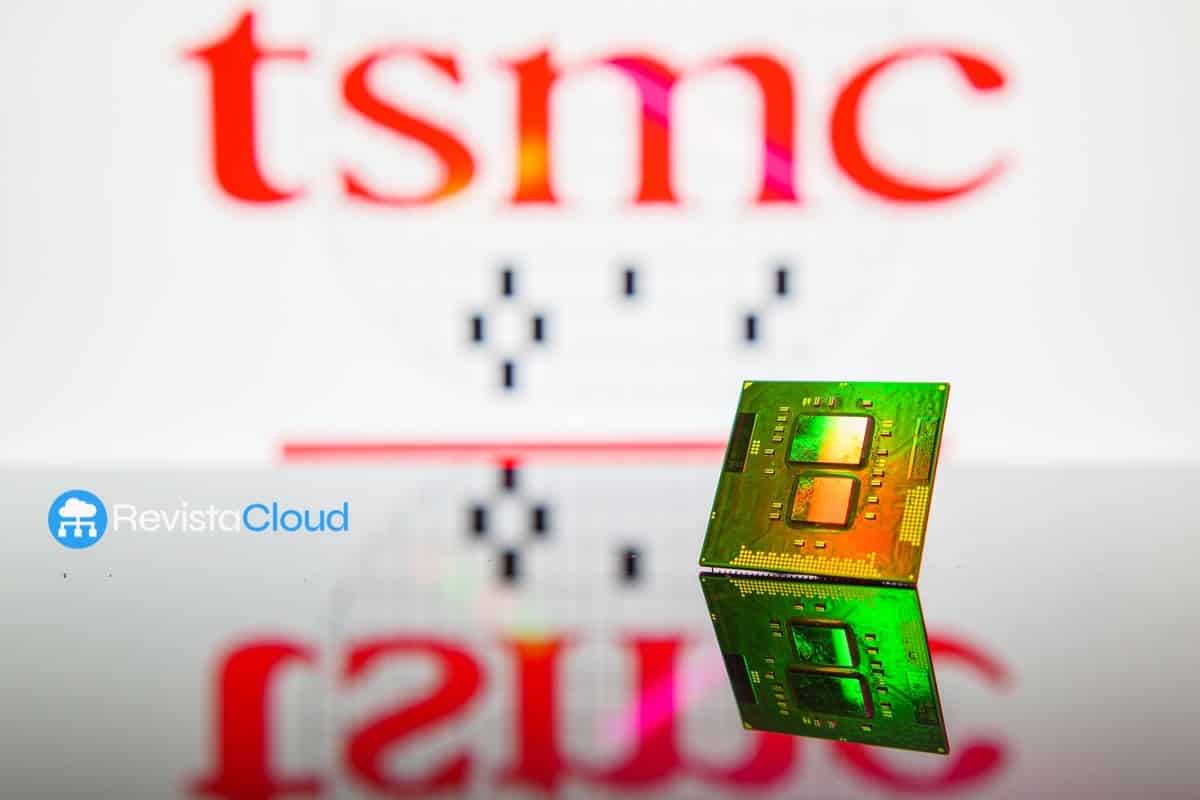The technological race towards smaller, more efficient nodes has taken a new leap. Taiwan Semiconductor Manufacturing Company (TSMC) has confirmed that its highly anticipated 2-nanometer process will arrive on schedule in the fourth quarter of 2025, with an initial production lineup already set: Apple, Qualcomm, AMD, Broadcom, MediaTek, and even Intel have secured spots on the ramp.
The cost per wafer is no less: $30,000, a record figure that, instead of dampening demand, has prompted major clients to reserve capacity years in advance. The industry fears missing out in a context where the most advanced semiconductors are crucial for artificial intelligence, mobile devices, servers, and supercomputing.
Aragon, Hsinchu, Arizona… the major hubs of 2 nm
TSMC’s strategy isn’t limited to Taiwan. The company has launched an unprecedented expansion plan comprising three pillars:
- Taiwan: with Fab20 in Baoshan (Hsinchu) and Fab22 in Kaohsiung as centers for the new generation.
- United States: the Arizona plant (Fab21), which will begin production in parallel, and the upcoming Fab23, also expected to support 2 nm capacity.
- China and Japan: with factories focused on 4 and 3 nm, which will maintain their roles until at least 2026.
Projections indicate that TSMC’s 2 nm capacity will reach 4.5 to 5 million wafers per month by late 2025, surpass 10 million in 2026, and approach 20 million in 2028.
Apple, the insatiable client
Supply chain sources confirm that Apple will command nearly 50% of the initial capacity. Cupertino aims not only to guarantee the most advanced chips for its iPhones, iPads, and Macs but also for its future AI projects.
Following are Qualcomm and MediaTek, planning to launch mobile processors with 2 nm architecture, while AMD and Intel will allocate their share to high-performance CPUs and GPUs. Broadcom, meanwhile, will focus on networking and connectivity.
By 2027, NVIDIA will also fully enter the scene with its next-generation GPUs, alongside other giants like Amazon (Annapurna Labs) and Google, in addition to specialized designers such as Marvell or Bitmain.
Competition, yes; a real threat, not yet
For months, voices within the industry pointed to Samsung and the Japanese consortium Rapidus as potential rivals capable of attracting orders from large tech companies. However, sources emphasize that none has managed to diminish TSMC’s momentum.
The Taiwanese manufacturer maintains a clear advantage that’s hard to beat:
- Proven technological leadership in 5 nm, 4 nm, and 3 nm.
- Stable, predictable production cadence.
- A loyal network of clients relying on its capacity to compete.
TSMC’s schedule is straightforward: N2P and A16 in 2026, and A14 in 2028, setting the pace for global miniaturization.
An AI-backed business model
The driving force behind this surging demand is artificial intelligence. AI training and deployment chips — from NVIDIA’s Rubin GPUs to computing platforms from Amazon, Google, or Microsoft — require higher densities and extreme energy efficiency.
Indeed, TSMC has already revised its forecasts upward for 2025: it now expects its revenue in dollars to grow by a 30% annually, compared to the previous estimate of 25%.
Despite challenges such as US tariffs, currency volatility, or high energy costs, the Taiwanese manufacturer is confident in maintaining record profitability in upcoming years thanks to high-performance (HPC) chips and AI applications.
A shift in the geopolitical map of chips
Another key fact: the share of US clients in TSMC’s revenue will exceed 80% with the 2 nm node, up from 75% today. Apple, NVIDIA, AMD, Intel, Qualcomm, Broadcom, Amazon, and Google account for a significant portion of orders, reinforcing the mutual dependency between Silicon Valley and Taipei.
Meanwhile, expansion plans in the US aim for one-third of TSMC’s 2 nm capacity to be in the United States by 2030. This move responds to both political pressure from Washington and the need to diversify risks in an increasingly strategic market.
Frequently Asked Questions
1. When will TSMC’s first 2 nm chips be available?
Mass production will start in the fourth quarter of 2025, with Apple as the primary initial customer.
2. Why are 2 nm chips so expensive?
The cost per wafer is around $30,000 due to manufacturing complexity and investments in new factories and advanced lithography.
3. What’s the difference between 3 nm and 2 nm?
2 nm chips provide higher transistor density, resulting in more power and lower energy consumption compared to 3 nm chips.
4. Will Samsung be able to compete with TSMC in this field?
Although Samsung and Rapidus are progressing with 2 nm, TSMC’s advantage in clients, volume, and experience makes it unlikely to lose its leadership soon.
via: digitimes.com.tw

